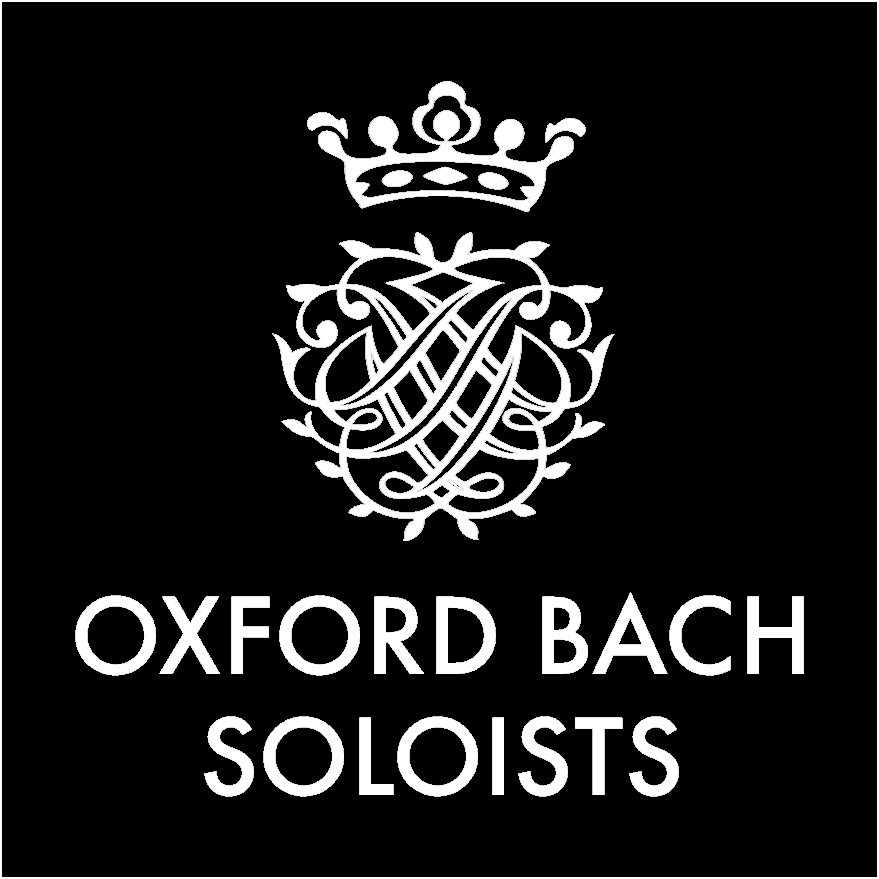A sumptuous Christmas musical feast awaits us this Christmas Eve with a performance of the first three parts of Bach’s glittering masterpiece – the Christmas Oratorio – at 5pm in the magnificent setting of New College Chapel.
But how did Bach go about telling his Story of Christmas?
J.S. Bach’s monumental Christmas Oratorio was written for the Christmas and New Year season of 1734-5. The entire work is constructed of six separate cantatas each to be performed on one of the six major feast days of the period between Christmas Day and the feast of Epiphany on 6 January. The entire work consists of 64 movements, with 14 chorales and with a running time lasting nearly three hours.

However, Bach typically recycled much of his existing material giving it a fresh makeover to suit the new context. Jonathan Freeman-Attwood refers to this as ‘practical harvesting’. These sections include three existing secular cantatas including ‘Hercules at the Crossroads’ written for the 11th birthday of Prince Friedrich Christian of Saxony in 1733 – but with new texts telling the Christmas story.

The churches of St Thomas and St Nicholas in Leipzig
The original six parts of the Christmas Oratorio were incorporated within the services of the two most important churches in Leipzig, St. Thomas and St. Nicholas. Yet it was only ever performed once in its entirety. The next complete performance was not to be until 1857 – over a hundred years later.
Bach abandoned the usual practice of basing the content upon the Gospel reading for that particular day in order to achieve a coherent narrative structure for the whole work. Instead, he uses consecutive sections of the Nativity story by drawing on the Gospels of Luke and Matthew to retell the story:
Part I Christmas Day: The Birth of Jesus
Part II December 26: The Annunciation to the Shepherds
Part III December 27: The Adoration of the Shepherds
Part IV New Years Day: The Circumcision and Naming of Jesus
Part V First Sunday after New Year: The Journey of the Magi
Part VI Epiphany: The Adoration of the Magi
As each part was originally designed for performance on different days they use different instrumentation. So for example, three trumpets are used in Parts I, III and VI, two flutes in Parts I, II and III, and two horns in Part IV. So each section contains a captivating combination of choruses, an orchestral ‘Pastoral’ Sinfonia opening Part II, Lutheran chorales, and a sequence of recitatives, ariosos and arias for the soloists – all combining to give variety and insight into this magical Christmas story.
Make Bach’s Christmas Oratorio a memorable part of your Christmas celebrations.
After the performance why not book yourself in for dinner locally so you can also enjoy more music from the Oxford Bach Soloists as they take us into Christmas Day itself from 11pm with Midnight Mass (free admission).



Where are you singing at midnight mass? Thanks. What time does midnight mass begin ?
Dear Sarah, Members of Oxford Bach Soloists will be singing Midnight Mass in New College Chapel. Midnight Mass begins at 11pm. We look forward to seeing you!